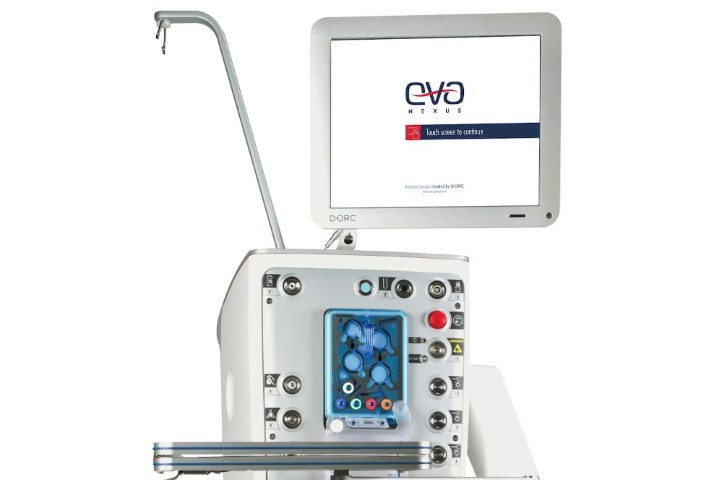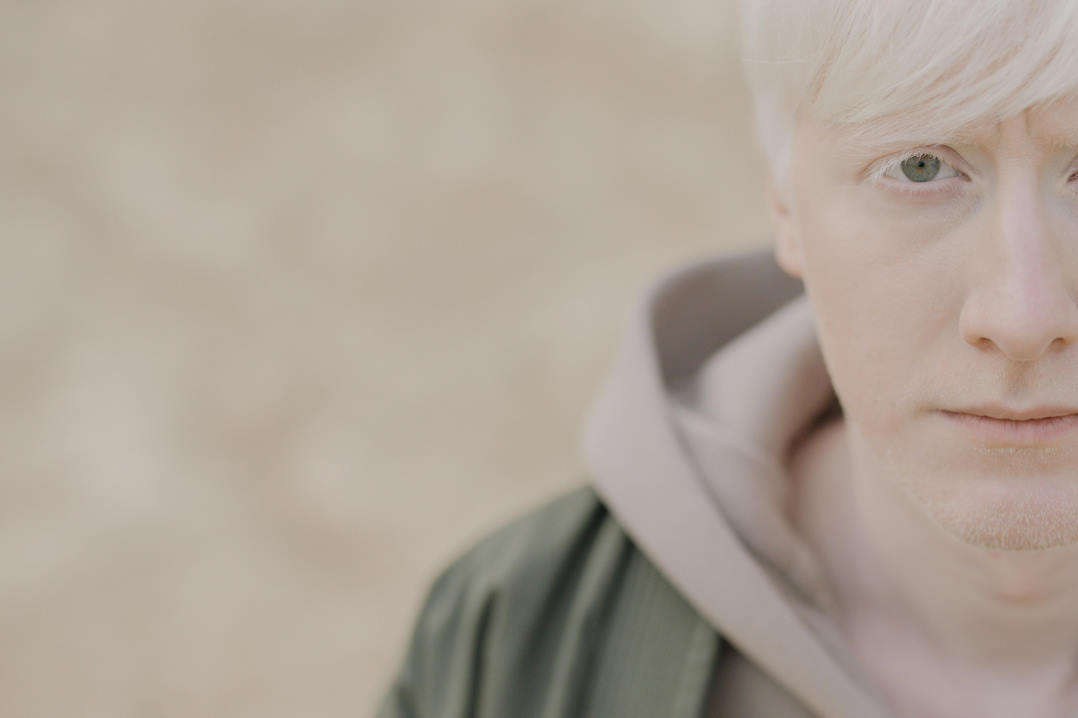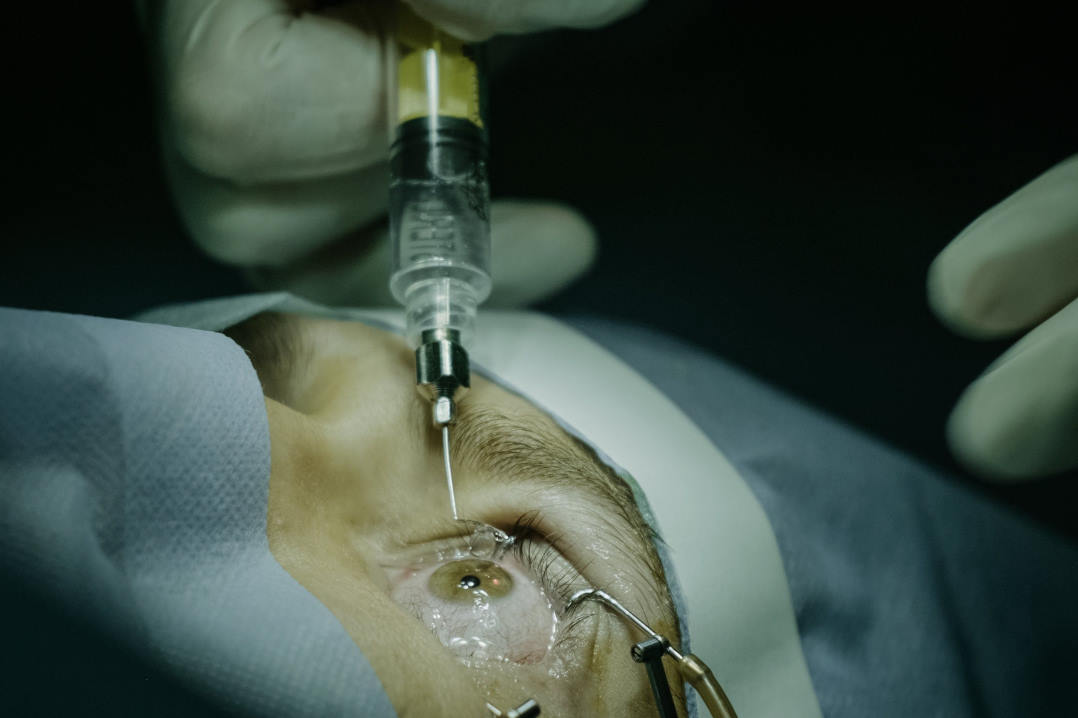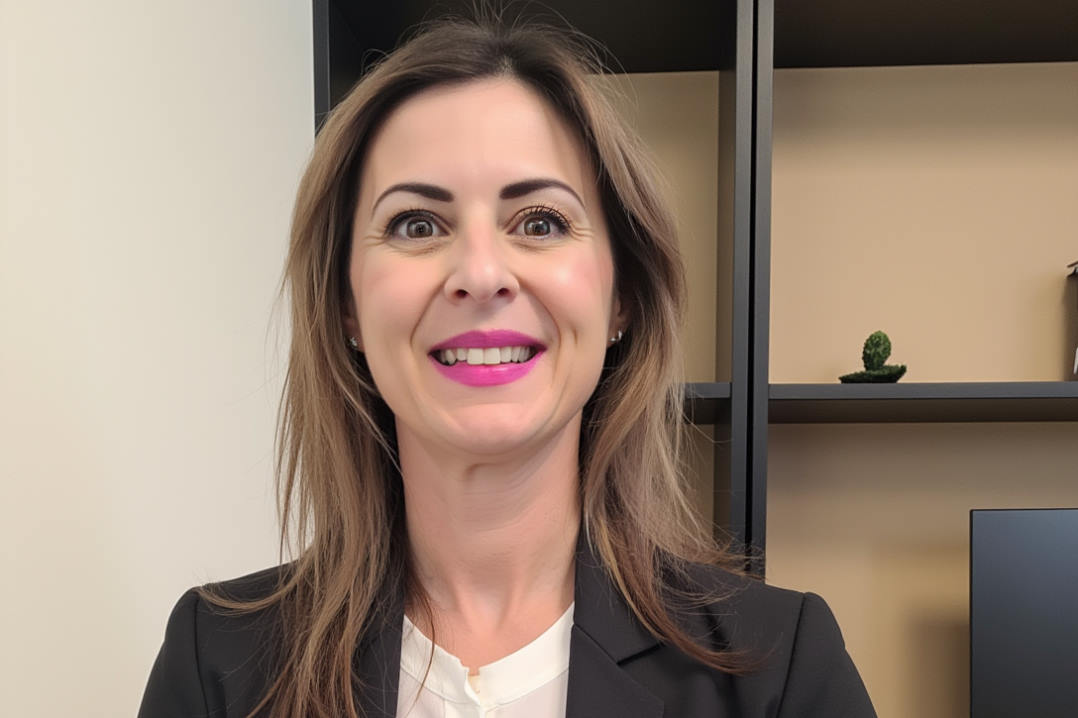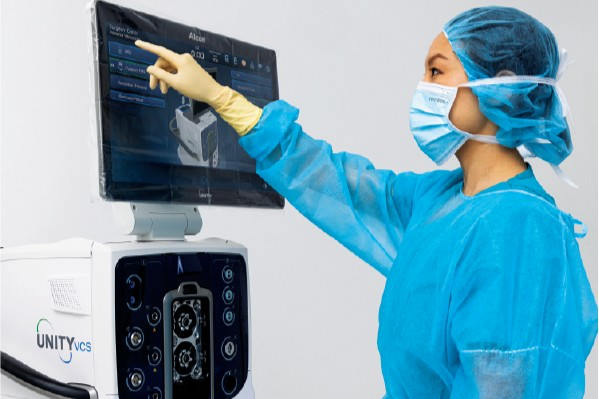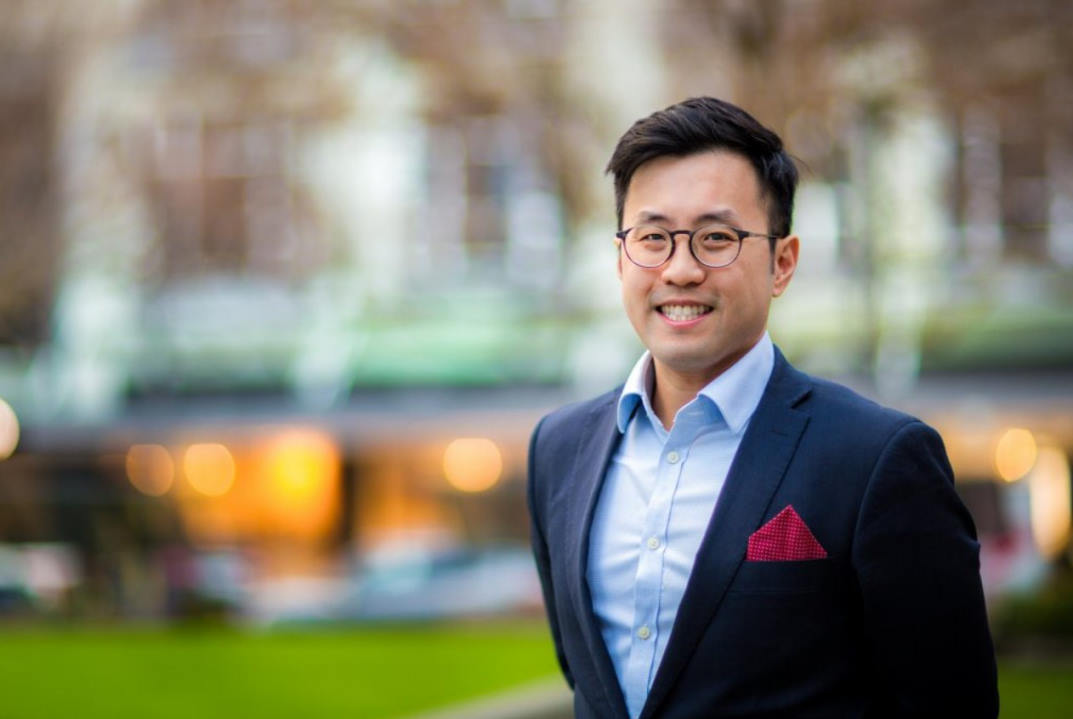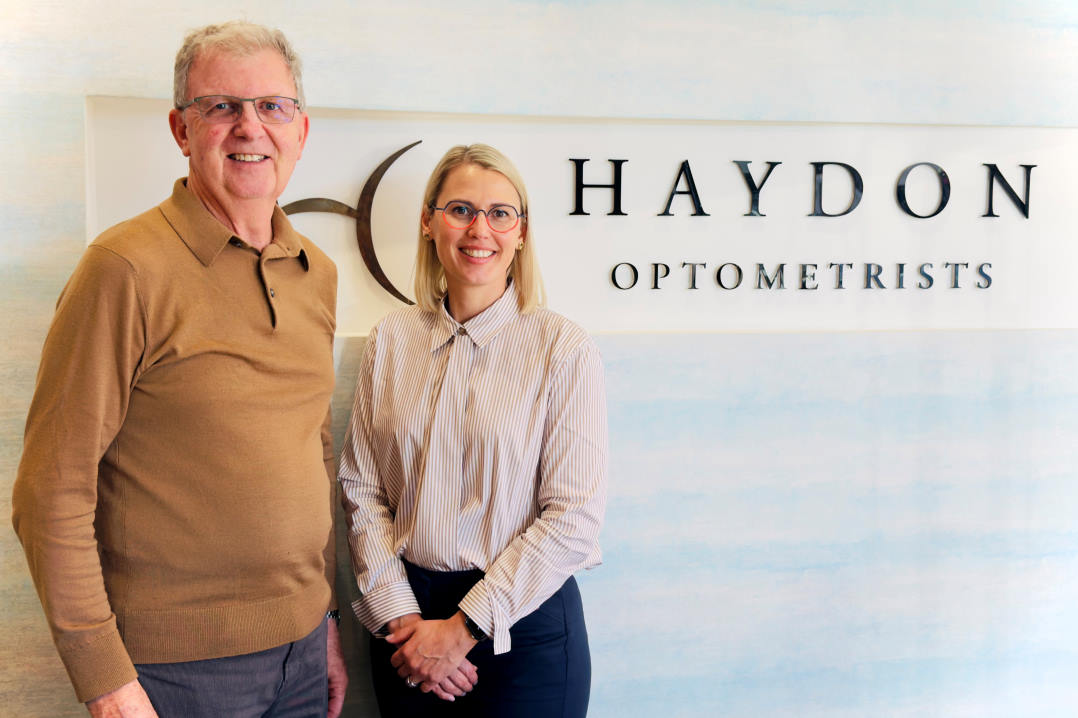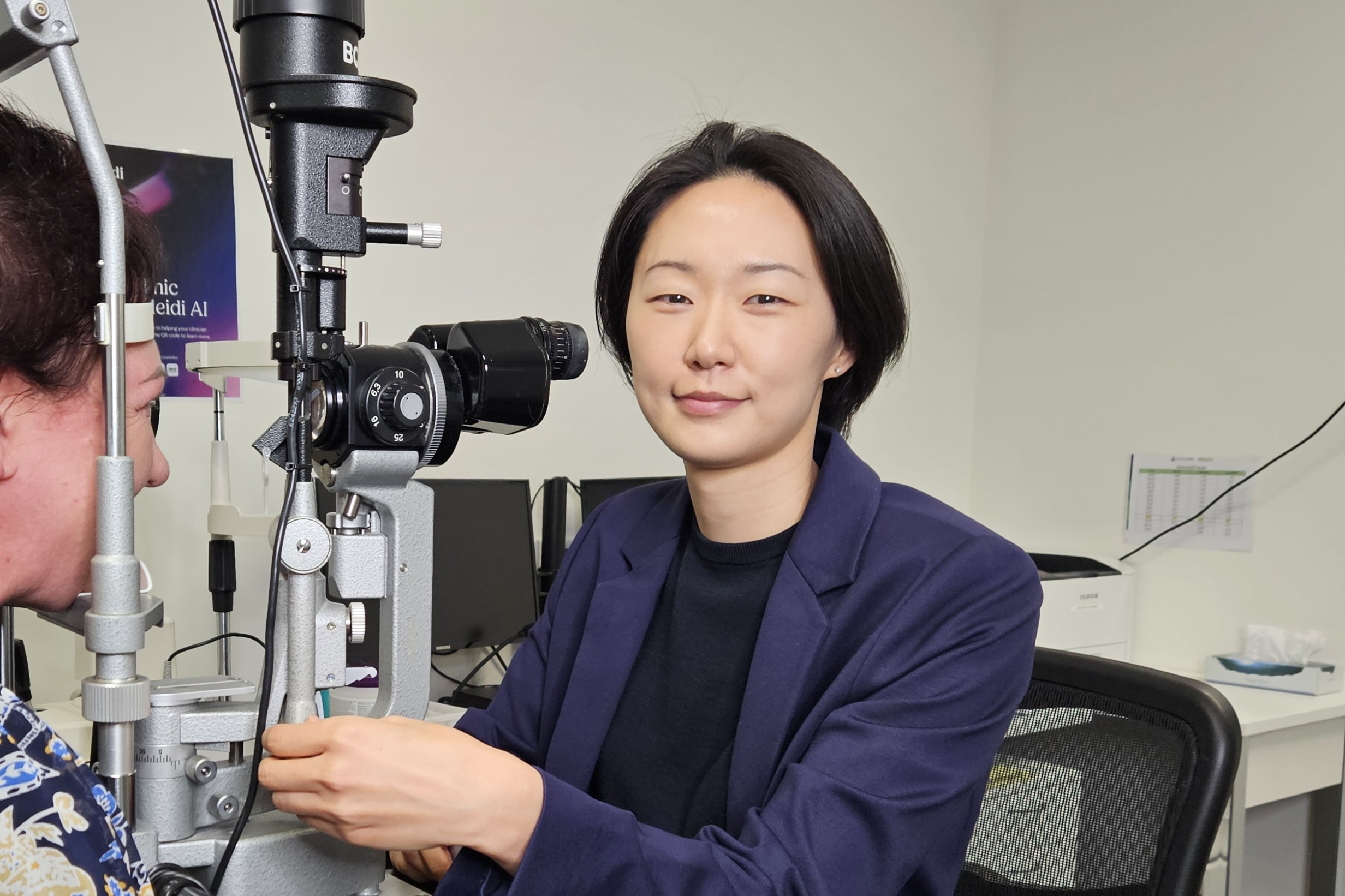The role of peripheral defocus in managing ‘quarantine myopia’
There have been no recent comprehensive myopia studies conducted in New Zealand. However, the findings of Rudnicka et al (2016) show a clear difference in the prevalence of myopia among six- and seven-year-old children of Chinese ethnicity living in Sydney or Singapore, with those living in Singapore having a higher rate (29.1%). The lower prevalence of myopia in Sydney was associated with increased outdoor activity time.
In New Zealand primary schools, kids have a 30-minute break for morning tea and 45 minutes for lunch, which they spend outdoors unless it’s raining. The benefits of outdoor light for children’s eyes might be due to the brightness of light exposure and more uniform distribution of dioptric stimuli across the retina (Gifford et al, 2018). Furthermore, Tedja et al (2019) recently reported that many genetic loci and signalling pathways from retina to the sclera for myopia development are light-dependent.
Another consideration is the major changes to children’s visual environment caused by the emergence of Covid-19, which might have disrupted the emmetropisation process and caused changes in refraction and axial elongation, leading to the development and progression of myopia.
Quarantine compounds ethnic predisposition
Most Auckland clinics’ juvenile patients live in low-density urban neighbourhoods, rather than high-rise apartment buildings. During the last two years, 2021 in particular, most of them spent long periods being schooled online. Indoor environments characterised by the non-uniform spatial distribution of dioptric stimuli across the visual field might play a detrimental role in the myopia onset and progression (Charman, 2011). This is supported by Troilo et al’s 2018 study demonstrating that domestic animals exhibit more myopic tendencies than their wild counterparts.
In another study, the predicated annual myopia progression was 0.82D/year for children of Asian descent versus -0.55D/year for those of European descent (Donovan et al, 2012). Children with two myopic parents have a threefold or higher chance of developing myopia than children with no myopic parents (Gifford et al, 2019). Our clinic has 200-plus New Zealand Chinese myopes and their pre-myopic younger siblings. Feedback from my optometry colleagues in New Zealand is that they see more Chinese myopes than European, especially since the pandemic. As a Mandarin-speaker myself, our clinic attracts a high proportion of Chinese patients.
‘Quarantine myopia’, a term coined by Kalver et al (2020), could certainly be a factor in the high rates of myopia among the children enrolled at our clinic. Sustained near-work-induced transient myopia (NITM) and a lack of outdoor activity during the pandemic, combined with cultural norms such as afterschool tutoring and genetic factors, might make the development of myopia more likely in our juvenile patients than in children enrolled elsewhere.
Education
More than 80% of our young patients are privately schooled, with the majority also enrolled in afterschool tutoring, such as music lessons and foreign-language classes. Wolffsohn et al (2003) found that near-work (including academic studies, music practice and mobile device use) and associated postures might constitute a potent trigger for early myopia onset and progression. Their results also suggest the decay of NITM in juvenile myopes might not follow the 20-20-20 rule to relieve digital eye strain (a 20 second break to gaze at objects at least 20 feet away after every 20 minutes of close work) and a longer break after a sustained 40-minute period of near-work might be necessary.
Management
In addressing quarantine myopia, several findings are noteworthy:
- Peripheral defocus treatments create a significant reduction in myopia progression. Clinicians should implement myopia-control based clinical care for juvenile-onset myopia instead of merely correcting vision, with the evidence showing single-vision lenses offer comparatively poor myopia management
- It is important for optometrists to intervene early and choose stronger treatments for the youngest patients
- Compared with spectacle lenses, daily soft contact lenses remain stable on the eye and move with it, making the peripheral defocus effect more consistent. For children, they also avoid compliance issues relating to cleaning, disinfection and replacement
- In Chinese myopes under 10 years old, combining Miyosmart lenses with 0.02% atropine should produce more myopia defocus closer to the fovea and slow myopia progression and axial elongation more effectively
- Innovative contact lens options such as MiSight and NaturalVue offer a more promising treatment strategy to slow or halt both myopia progression and axial elongation compared with multifocal contact lenses. The central correction zone (3.36mm) and the first treatment zone (4.75mm) of MiSight each fill 50% of the pupil diameter (the average Chinese pupil being 4.73mm +/-0.85mm vs 4.30mm +/-1.02mm for Caucasians1). The design is intended to fully correct refractive error while creating myopic defocus in all directions of gaze. The BLINK study showed that multifocal contact lenses slow myopia progression and axial elongation in children proportional to the amount of addition (higher addition is more effective than medium addition).
- https://iovs.arvojournals.org/article.aspx?articleid=2368143
Acknowledgements
The author would like to thank her Aston University supervisors, Professors James Wolffsohn and Nicola Logan, for their support in producing the paper this summary is taken from.
Before joining Matthews Eyecare in New Zealand as practice manager, Vivienne Zhang completed her PhD in social psychology. Passionate about optimising myopia management, especially in children, she is currently working towards her second doctorate in ophthalmic science at Aston University, UK.











